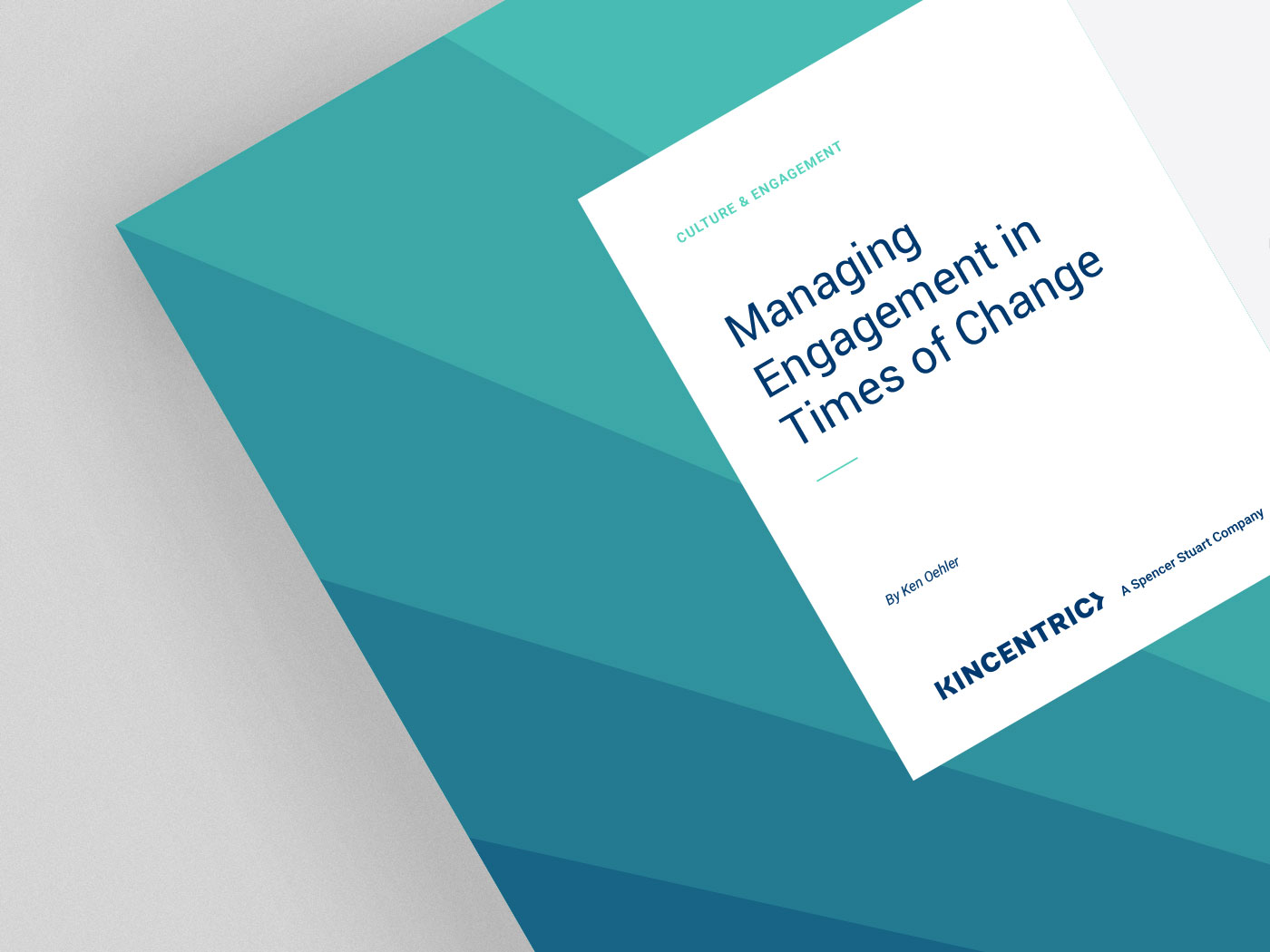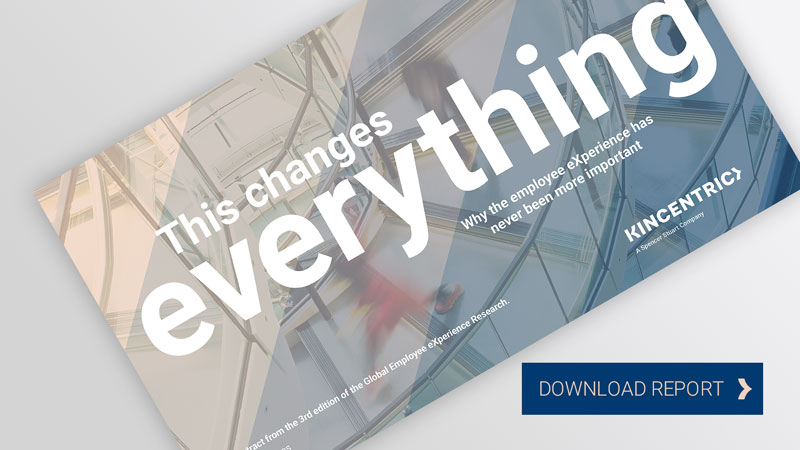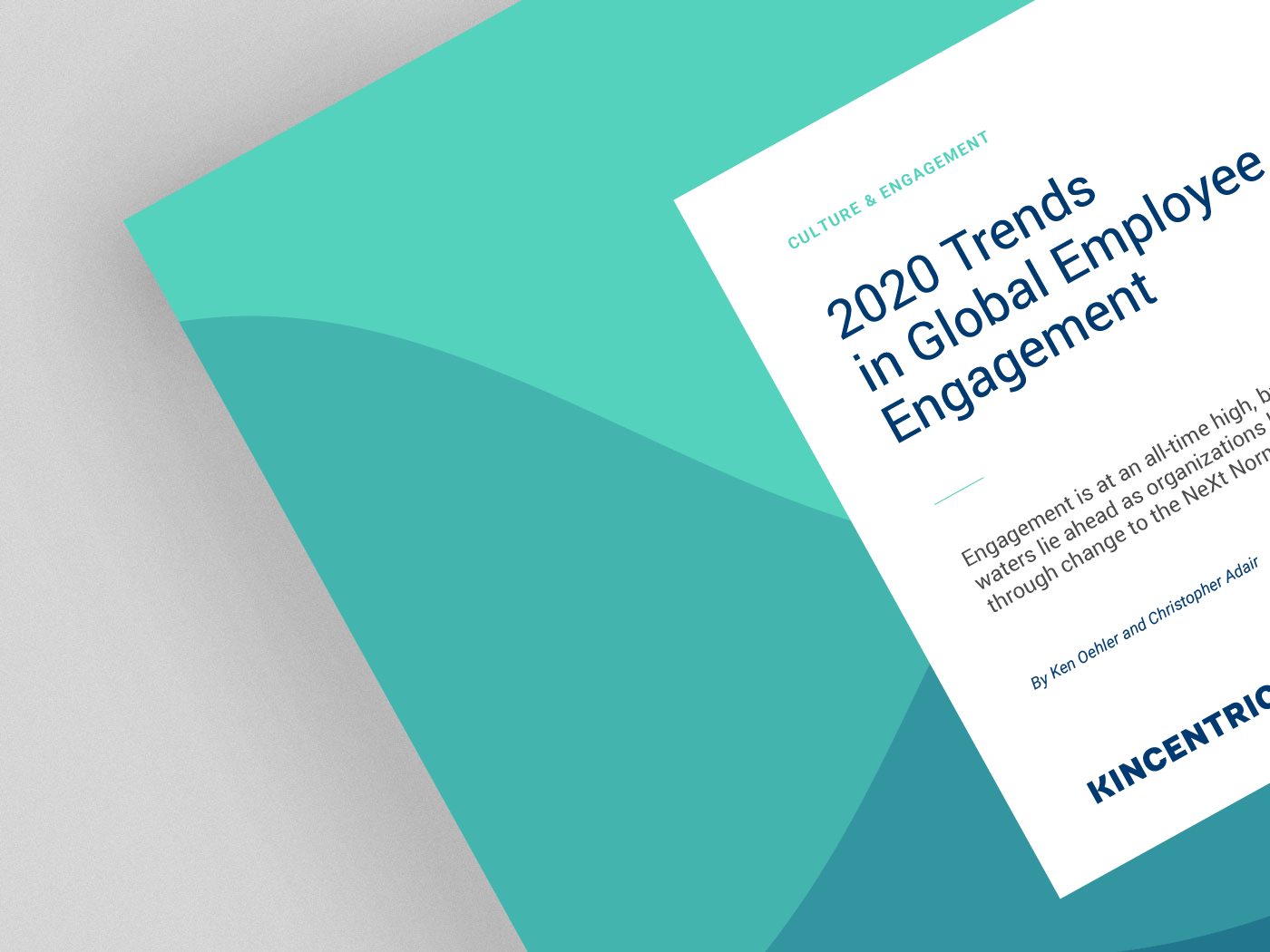

Economic growth and expansion have allowed more opportunity to invest in people despite continued competitive disruption. This investment is now paying off. Two thirds of our clients’ employees are engaged1 – higher than at any point in our time measuring engagement.
While a 1pt increase may not seem significant, the positive multi-year trend is important and shows that employees, now more than ever, are bringing their whole selves to work.
1 Results based on over 5 million employee responses across more than 4,100 organizations in 86 countries between 2018 and 2019.
Engagement by region
We continue to see regional – and country – level differences that inform the overall, global movement:


We have all heard about how organizations need to be more agile, yet we see agility scores are dropping globally. Does this mean that organizations are getting less agile?
Probably not. It is more likely that organizations are trying new tactics to unwind historical, linear thinking, and employees are in the middle of a potentially painful re-learning curve. It’s one thing to read about agile principles – but it’s an entirely different thing to implement and practice them in day-to-day work.

Leaders’ personal engagement influences the likelihood that your team will be engaged, but it’s perhaps even more important to demonstrate engaging behaviors.
For example, a consistent top driver of engagement is senior leaders’ ability to create excitement for the future of the organization. However, excitement for the future can’t be entirely led by senior leaders. Frontline managers need to help inspire and coach their teams to engage in behaviors that align with cultural priorities.

Our data tell us that the employee experience is getting more difficult at the beginning and end points of the employee lifecycle.
At the beginning, it is more difficult to attract the right people and have a mission that provides a meaningful direction. At the end, it’s difficult to retain the people needed to achieve business goals. Some of this is due to tight labor markets that give employees freedom to consider other opportunities, but all three of these areas speak to a broader necessity to manage your value proposition and talent pipeline to attract and retain the talent that is critical to your future success.
Beyond these specific employee feedback trends already discussed, it’s important to acknowledge that approaches to examining engagement and employee experience have also been rapidly evolving. We are asking less about “what is this?” and more about “what should I do about this?”
Aligning leadership, culture, and engagement in order to drive business performance however remains the key challenge facing organizations in general and HR professionals in particular.
Keep an eye on these trends:
Organizations struggle to execute
After reading these points, you may be thinking “Of course – I already know these are important.” However, as our Global Employee eXperience Research highlights, very few organizations are able to successfully execute on the employee experience they seek to deliver.
In fact, across more than 1,300 respondents in 43 countries, only one third of organizations have a good definition of what they mean by employee experience, and even fewer (28%) feel equipped to create a differentiated eX. Add the finding that over 70% say that measurement objectives have not progressed as quickly as planned, it illustrates that getting clear on strategy, governance, and objectives will be a requirement before realizing any success on accelerating employee engagement and the culture required for future success.

We have identified five tangible steps organizations can use to assess, understand, and take action on the employee engagement levels of employees during organizational change.
Multiple translations are available.


Employee Engagement is at an all-time high, but rough waters lie ahead as organizations lead through change to the NeXt Normal.